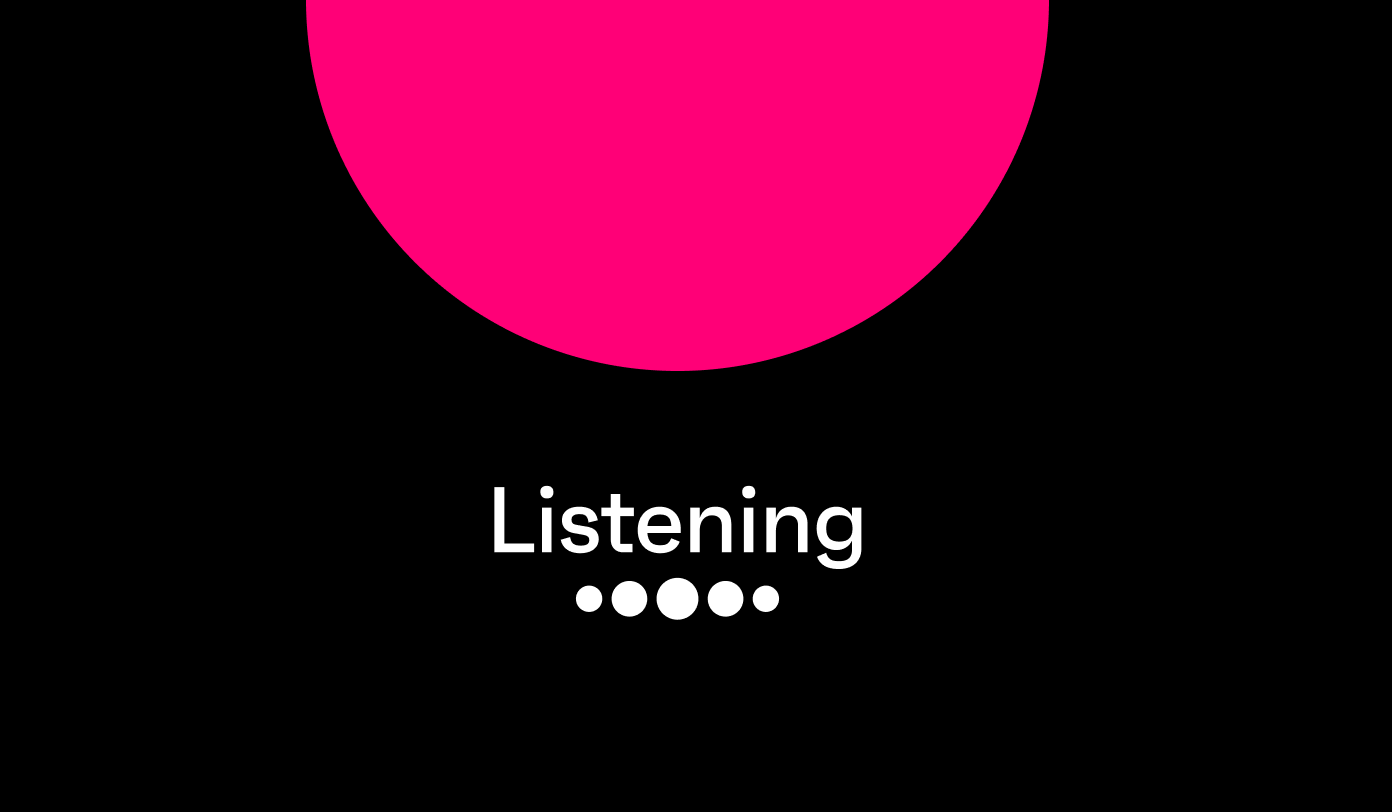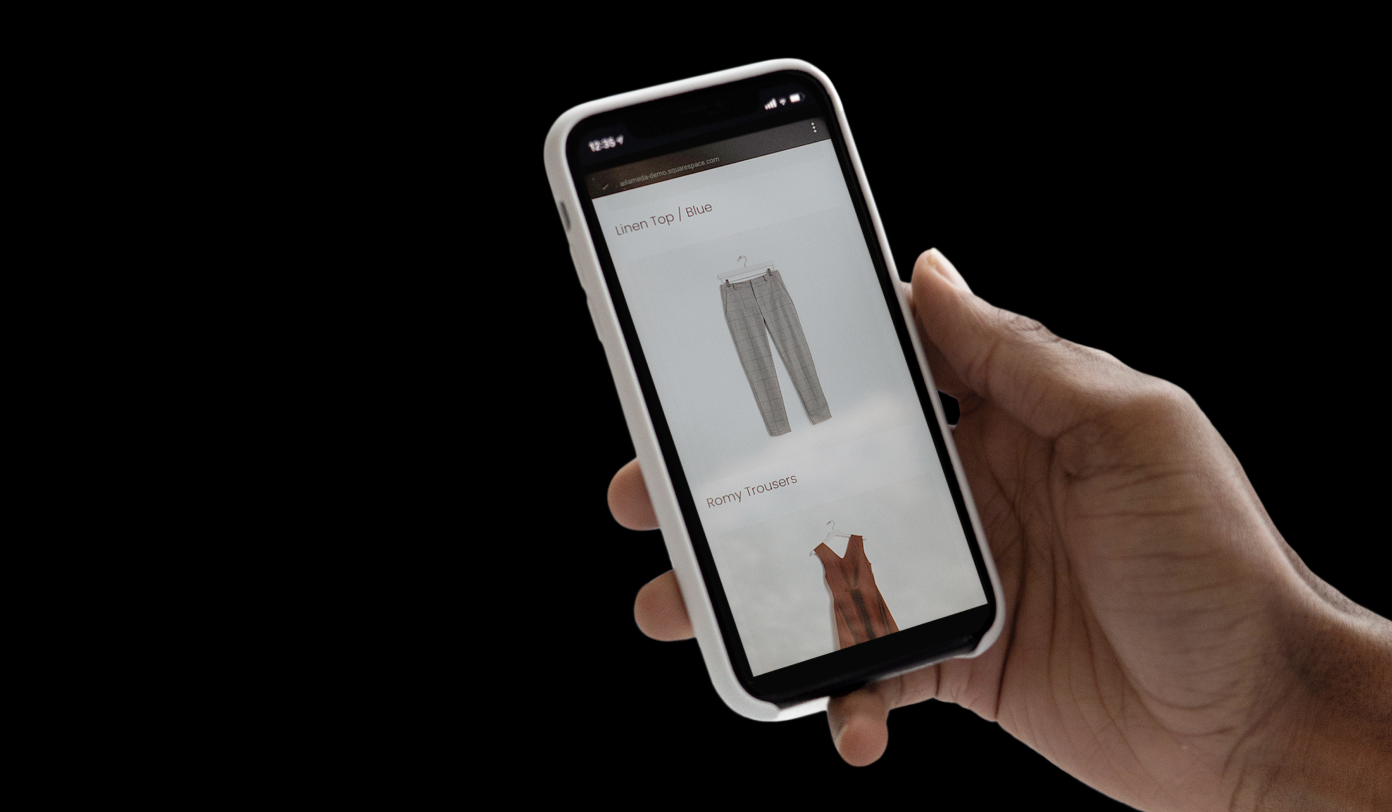
B2B marketing isn’t what it used to be - and neither are B2B buyers. They’re more independent, tech-savvy, and data-driven than ever. If you’re still relying on cold calls and sales decks to do the heavy lifting, it’s time for a rethink.
These days, decision makers aren’t waiting for a sales pitch. They’re turning to evidence-based insights, peer reviews, and digital content to make their choices. AI-driven personalization, the growing importance of first-party data, and the rise of social media in B2B are all changing the game.
This guide looks at the trends and strategies that are shaping B2B marketing in 2025. Let’s dive in, starting with a quick definition.
What is B2B marketing?
B2B marketing is how businesses sell to other businesses. Unlike B2C marketing - where brands sell to consumers - B2B marketing is about reaching key decision makers within companies with messages around long-term value, ROI, and solving real business challenges.
With longer buying cycles, multiple stakeholders, and a heavy focus on data, B2B marketing means taking a smarter, more strategic approach based around helping businesses make better decisions, build stronger partnerships, and drive growth.
How does B2B marketing differ from B2C marketing?
B2B and B2C marketing might share the same core principles, but in practice they’re worlds apart. The biggest difference is who you’re selling to and how they make decisions.
B2C marketing is all about quick wins - catching a consumer’s eye and nudging them toward a purchase, often with an offer based on emotion, convenience, or brand perception.
B2B marketing, on the other hand, plays the long game. In the world of B2B, decisions aren’t made on a whim. Instead they’re rational, data-driven, and involve multiple stakeholders who all need to be convinced.
Then there’s the sales cycle. B2C moves fast, often involving just one interaction - think grabbing a coffee or ordering a new pair of sneakers online. B2B takes time. Buyers do their research, compare options, seek stakeholder buy-in and chase budget sign-off - all of which means they need nurturing through a far longer funnel.
B2C and B2B also have very different approaches to content. B2C thrives on entertainment, lifestyle trends, and snappy ads. B2B, meanwhile, leans on thought leadership, case studies, and in-depth educational content - the kind of material that helps businesses make informed decisions.
Even the channels are different. B2C brands dominate Instagram and TikTok, but B2B marketing typically involves LinkedIn, industry webinars, and long-form content. That said, social media habits are shifting (more on that later), and B2B buyers are exploring new platforms in unexpected ways.
How B2B buyer behavior is changing
Almost half of B2B buyers are millennials, with 33% between the ages of 25 and 34. They’re digital-first, research-driven, and expect brands to keep up. The majority are male (58%) and most are likely to be mid-level managers, meaning they have influence but still answer to senior leadership.
21% of B2B decision makers say they’re responsible for IT and security, 19% manage client and account relationships, and 18% handle budgets. That means B2B marketers need to craft messages that resonate across departments and not just with a single buyer.
As we’ve said, this audience is tech-savvy. More than half say they feel confident using new technology (57%) and actively follow the latest tech trends (54%).
They’re also keen social media users. Outside of China, the most popular platform among B2B buyers is Instagram, followed by Facebook and WhatsApp. 25% follow companies they’re considering buying from, and 32% use social platforms for work-related networking and research.
The key takeaway here? B2B marketing in 2025 is about being useful, not just visible. If your strategy doesn’t include insightful content, peer-driven validation, and use the right digital channels, then you’re not in the conversation, you're on the sidelines.
Key B2B marketing strategies
Our research shows 45% of B2B decision makers typically research 2-3 vendors or service providers when looking for a new product, with only 8% looking at 6-9 vendors. Standing out in such a competitive environment isn’t easy, but the following proven strategies give B2B brands every chance of success.
Content marketing
B2B buyers don’t want a hard sell - they want answers, and that’s where content marketing comes in. Thought leadership, long-form reports, and educational resources are the backbone of a strong B2B content marketing strategy, helping buyers make informed decisions.
This is about more than occasionally posting on a blog; it’s about positioning your brand as the expert that potential buyers should trust. Brands that invest in creating and promoting genuinely valuable content are the ones that B2B buyers remember.
Account-based marketing (ABM)
ABM marketing targets high-value clients with laser-like precision. Instead of casting a wide net, ABM focuses on personalized, hyper-relevant outreach aimed at the specific accounts that matter most to your business.
This works because B2B buyers increasingly expect personalization. It shows you’re making an effort and not just serving up a generic solution, all of which helps keep your brand top-of-mind throughout the buying journey.
Data-driven marketing
B2B marketing in 2025 is driven by insights, not assumptions. The best marketers aren’t just collecting data - they’re using it to refine their strategies in real time.
Market insights, customer behavior trends, and performance analytics enable brands to optimize their targeting, personalize their content, and predict what their audience needs before they even ask. The certainty this provides means brands who embrace data-driven decision making will outperform those relying on guesswork.
SEO and demand generation
If you’re not ranking on search engines, you’re invisible. B2B buyers do their research online before they even speak to a rep, making SEO and inbound marketing critical for demand generation.
This goes beyond keywords, important though they are. It’s about creating high-value content that answers real buyer questions. Google’s algorithm consistently rewards expertise, authority, and trustworthiness - exactly the qualities buyers look for in a B2B brand.
Social media and community building
LinkedIn is still the go-to platform for B2B marketing, although Instagram, WhatsApp, and YouTube are all becoming bigger players in the B2B space, especially for younger decision makers.
More buyers are turning to online communities, niche groups, and peer recommendations rather than relying solely on brand messaging. The smartest B2B marketers aren’t just posting content, they’re leading the conversation, building trust, and engaging with their audience directly.
In terms of influence, forget celebrity endorsements - in the B2B world, influence comes from industry experts, trusted peers, and thought leaders. In other words, decision makers want validation from people they trust. For example:
- Almost one in five B2B buyers agree that social media recommendations from the sort of influencer mentioned above would increase their likelihood of buying a product online
- One in two B2B buyers have visited a brand’s website in the past month, showing a consistent pattern of research before making a decision
- 29% have liked and/or followed a brand on a social network, signaling the importance of maintaining an engaging digital presence
The top three brand qualities B2B buyers look for are reliability, innovation, and intelligence, so if you’re partnering with an industry expert, make sure these qualities come across loud and clear.
Email marketing
When it’s done right, email is still one of the most powerful ways to nurture leads. Personalization and automation are key; B2B buyers want relevant, timely, and useful emails, not generic blasts that fill up their inbox.
The best email marketing strategies use segmentation, dynamic content, and behavioral triggers to send the right message at the right time. The goal isn’t just to get more opens, it’s to build relationships and move buyers smoothly through the sales funnel.
Event and webinar marketing
Events - whether virtual or in-person - aren’t just about collecting leads. They’re about education, engagement, and thought leadership.
Webinars, roundtables, and live Q&A sessions give B2B brands a platform to share expertise and connect with buyers in real time. In-person events are also making a comeback, offering brands an opportunity to build trust and relationships face-to-face. The brands that focus on delivering real value - not just sales pitches - are the ones that make the biggest impact.
Emerging trends in B2B marketing for 2025
Here’s what our research shows is shaping the future of B2B marketing in 2025.
AI and automation
You won’t be surprised to hear AI is transforming how B2B brands personalize, automate, and optimize their marketing. That said, buyers in different industries are using AI in different ways, so it’s important not to assume that AI performs a similar role across all sectors. For example:
- 34% of B2B buyers in manufacturing, healthcare, and logistics are either using or interested in AI for process automation, cutting down time spent on repetitive tasks
- 32% of B2B buyers are using - or considering using - AI for content creation, helping marketers scale efforts without sacrificing quality
- 27% of B2B buyers in financial services are leveraging AI for personalization, ensuring content, ads, and outreach align with each buyer’s needs
- 46% of mid-market B2B buyers believe AI will have a major positive impact on their industry
At the same time, AI has raised significant concerns. 41% of B2B buyers worry about data security, while 35% cite over-reliance on technology as a key risk. The challenge for marketers? Finding the sweet spot between automation and maintaining a human touch.
First-party data and privacy
B2B brands need to actively build trust around data usage. They need to be transparent about how they collect, store, and use customer data while also demonstrating how they deliver real value to repay that trust. Our data shows:
- 56% of B2B buyers say training staff on data security (for example, scam recognition) is very important
- 72% of nonprofit B2B buyers say that securely storing and backing up data is critical to their business operations
- Since Q3 2023, we’ve seen a 7% increase in the number of B2B buyers who say that investing in updating/future-proofing their data security strategy is very important to them
- When evaluating new software or technology, B2B buyers rank security (60%), productivity (59%), and trustworthiness (58%) as their top concerns
The point is, actively and visibly addressing these issues is no longer optional.
Interactive and video content
B2B buyers are increasingly engaging with interactive and video content to discover and evaluate brands. In our data we see that:
- 31% of B2B buyers watched a brand video in the past month, showing the growing demand for visual content
- 22% find out about new brands and products via video ads on streaming services or smart TVs
But many brands still underestimate the power of video in B2B marketing. YouTube, for instance, is ranked fourth in general usage, but jumps to first place for B2B buyer research. This suggests marketers are missing a huge opportunity to leverage video content for B2B decision making.
Challenges and how to overcome them
B2B marketing comes with its fair share of hurdles. Here’s how to tackle these challenges head-on.
Long sales cycles
B2B purchases aren’t impulse buys. Deals take months or even years to close, and often involve numerous decision makers and multiple rounds of approval. Our data shows that for 39% of B2B decision makers, a typical sales cycle lasts 1-3 months, with 5% lasting a whopping two years or more.
This raises the challenge of keeping leads engaged without losing momentum. Here’s what brands should consider:
- Lead nurturing: Provide value throughout the buying journey in the form of personalized emails, exclusive reports, and webinars that keep your brand top-of-mind
- Multi-touch engagement: Mixing communication channels, retargeting ads, encouraging social media interactions, and reaching out to prospects directly can help shorten the cycle
- Intent data and predictive analytics: Spot when a lead is warming up based on their content interactions, website visits, or engagement with sales materials - then strike at the right moment
Aligning sales and marketing
More often than not, marketing and sales teams still operate in silos. A lack of collaboration means wasted efforts, inconsistent messaging, and lost opportunities. Here’s how to align your efforts:
- Shared goals and KPIs: Define a clear lead handoff process and track marketing’s impact on revenue, not just lead generation
- Regular alignment meetings: Encourage sales teams to offer real-time feedback on lead quality, helping marketers adjust their targeting and messaging
- Content that supports sales: Encourage marketing to create case studies, product comparison sheets, and sales enablement decks that help reps close deals faster
Measuring ROI
Every marketing dollar needs to deliver maximum value. But tracking ROI in B2B isn’t as simple as looking at last-click conversions. Long sales cycles and multi-touch attribution make it hard to pinpoint what’s working. To overcome this:
- Define key metrics: Go beyond vanity metrics and instead focus on pipeline influence, lead-to-customer conversion rates, and customer lifetime value
- Use attribution modeling: Multi-touch attribution helps track which channels contribute to conversions, even if the impact isn’t immediate
- Align sales and marketing: Make sure both teams agree on success metrics so reporting reflects the full picture - not just isolated channel performance
The future of B2B marketing
AI is making personalization more powerful than ever. With tools like chatbots and dynamic content, brands can create truly customized experiences for every buyer. Immersive tech like AR and VR is also transforming the game, allowing brands to offer virtual demos and interactive training that simplify complex solutions.
Predictive analytics takes all this a step further, helping brands to stay one step ahead of buyer needs while refining targeting and optimizing campaigns in real time.
Final thoughts
B2B marketing in 2025 isn’t just about selling, it’s about guiding buyers through self-education, trust-building, and proving long-term value.
Today’s decision makers want relevant, data-driven, and engaging content at every stage of their journey. To win them over, brands need to leverage AI, prioritize first-party data, and explore emerging channels.
With B2B marketing changing so fast, the real question is, are you ready to keep up?




.webp?width=495&height=317&name=pink_thumb_graphs%20(1).webp)
.webp?width=495&height=317&name=pink_thumb_letter%20(2).webp)